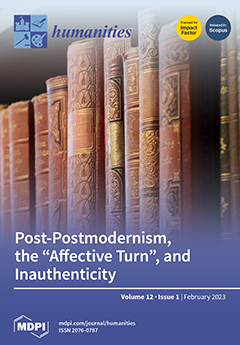On 12 February 2020, while on an international tour promoting Behrouz Boochani’s
No Friend but the Mountains: Writing from Manus Prison, the translator of the book, Omid Tofighian, participated in a seminar at Utrecht University, organised by Australian academic, Anna Poletti (associate
[...] Read more.
On 12 February 2020, while on an international tour promoting Behrouz Boochani’s
No Friend but the Mountains: Writing from Manus Prison, the translator of the book, Omid Tofighian, participated in a seminar at Utrecht University, organised by Australian academic, Anna Poletti (associate professor of English language and culture, Utrecht University). Poletti is also co-editor of the journal
Biography: an interdisciplinary quarterly, which published a special issue on
No Friend but the Mountains in 2020 (Vol. 43, No. 4). The seminar involved Poletti, Tofighian and translation scholar, Onno Kosters (assistant professor of English literature and translation studies, Utrecht University) in conversation. Iranian–Dutch filmmaker, Arash Kamali Sarvestani, co-director with Boochani of the film
Chauka, Please Tell Us the Time (2017), was in attendance, as well as the Dutch publisher, Jurgen Maas (Uitgeverij Jurgen Maas, Dutch translation based on the English translation). The event was titled ‘No Friend but the Mountains: Translation in Digital Times’. The following dialogue, ‘Translation in Digital Times: Omid Tofighian on Translating the Manus Prison Narratives’, is derived from this seminar and focuses on Tofighian’s translation of the book from Persian/Farsi into English. The topics covered also include the Dutch translation from Tofighian’s English translation, genre and anti-genre, horrific surrealism, Kurdish elements and influences, the Kurdish translation (from Tofighian’s English translation), publication of the Persian/Farsi original, translation as activism, process and technology.
Full article





